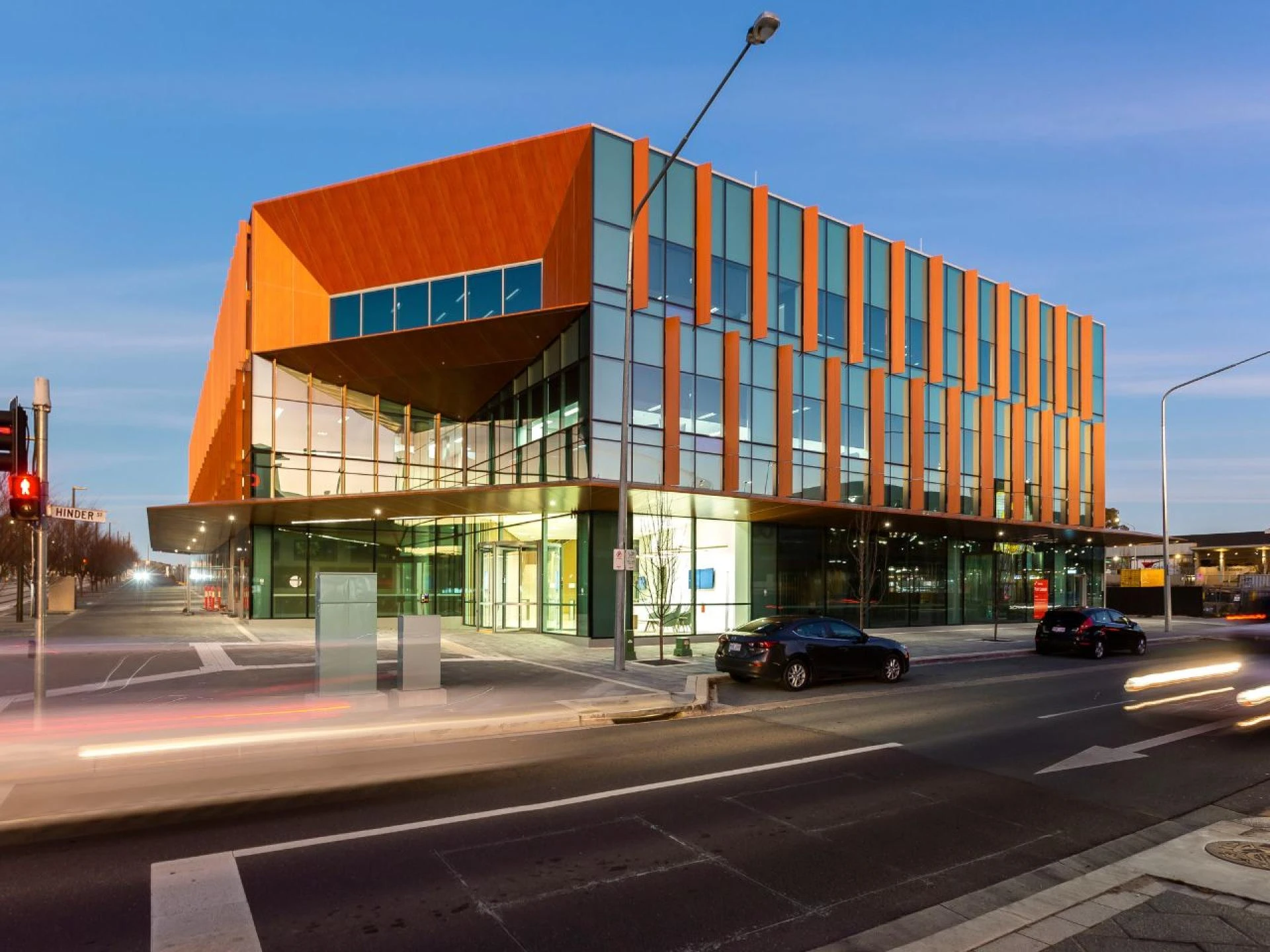This article takes a closer look at the baffle ceiling, which helps to enhance airflow & improve the area’s acoustics!
In the realm of modern architectural design, the incorporation of functional elements that offer both aesthetic appeal and practical benefits is paramount. Baffle ceilings, an innovative solution in the world of interior design, are gaining traction for their dual benefits in enhancing airflow and improving acoustics within various spaces. This article delves into how baffle ceilings work, their advantages, and their applications, illustrating why they are becoming a preferred choice in both commercial and residential buildings.
Understanding Baffle Ceilings
A baffle ceiling consists of a series of panels or elements, often made from metal, wood, or acoustic materials, suspended vertically from the ceiling. Unlike traditional flat ceilings, these elements are spaced apart, creating an open and dynamic pattern that contributes to the overall decor while serving functional purposes. The design and spacing of these baffles can be customised to fit the aesthetic and acoustic requirements of any space.
Enhancement of Airflow
One of the primary advantages of baffle ceilings is their ability to enhance airflow within a room. The unique open design allows for free movement of air across the ceiling space. This feature is particularly beneficial in areas where maintaining air quality and circulation is crucial, such as in kitchens, labs, and healthcare facilities. By facilitating efficient air exchange, baffle ceilings help maintain a comfortable and fresh environment, reducing the build-up of stale air and potential contaminants.
The structure of baffle ceilings contributes to better thermal comfort as well. The gaps between the baffles allow for the upward movement of warm air, enabling it to dissipate rather than stagnate at the living level. This can contribute to more efficient heating and cooling of spaces, potentially lowering energy costs and enhancing occupant comfort.
Acoustic Improvements
Baffle ceilings also play a significant role in improving the acoustics of a space. The materials used in baffle panels can be specifically chosen for their sound-absorbing properties. As sound waves travel upwards, they are intercepted and absorbed by the baffles, which helps in reducing echo and reverberation. This is particularly useful in high-ceilinged rooms or in environments like restaurants and open-plan offices, where excessive noise can be a distraction or even hinder productivity.
Furthermore, the adjustable nature of the baffles means that they can be arranged to target specific sound frequencies, which enhances the overall acoustic quality of the space. This customisation makes baffle ceilings an excellent choice for venues that host various events requiring different acoustic settings, such as concert halls and conference rooms.
Aesthetic Appeal and Versatility
Apart from their functional benefits, baffle ceilings offer significant aesthetic flexibility, which makes them a popular choice among architects and designers. Available in a variety of materials, colours, and finishes, they can be seamlessly integrated into any design theme, from rustic to contemporary. They also add a three-dimensional aspect to interiors, creating visual interest and drawing the eye upwards, thus expanding the perceived space within a room.
Applications
Baffle ceilings are versatile and can be adapted for use in various settings. In educational institutions, they enhance lecture hall acoustics and maintain good air quality, contributing to a better learning environment. In commercial settings, such as shopping centres and offices, they balance the indoor climate and reduce noise levels, improving the overall user experience and workplace efficiency. Even in residential spaces, baffle ceilings can be utilised in living areas and home theatres to enhance sound quality and air circulation.
Summing up, the integration of baffle ceilings into modern architectural designs represents a blend of functionality and style. By enhancing airflow and improving acoustics, these ceilings offer a practical solution to common issues faced in both public and private environments. Their aesthetic versatility and functional benefits make them an excellent investment for anyone looking to upgrade their space with a focus on comfort, health, and efficiency.


